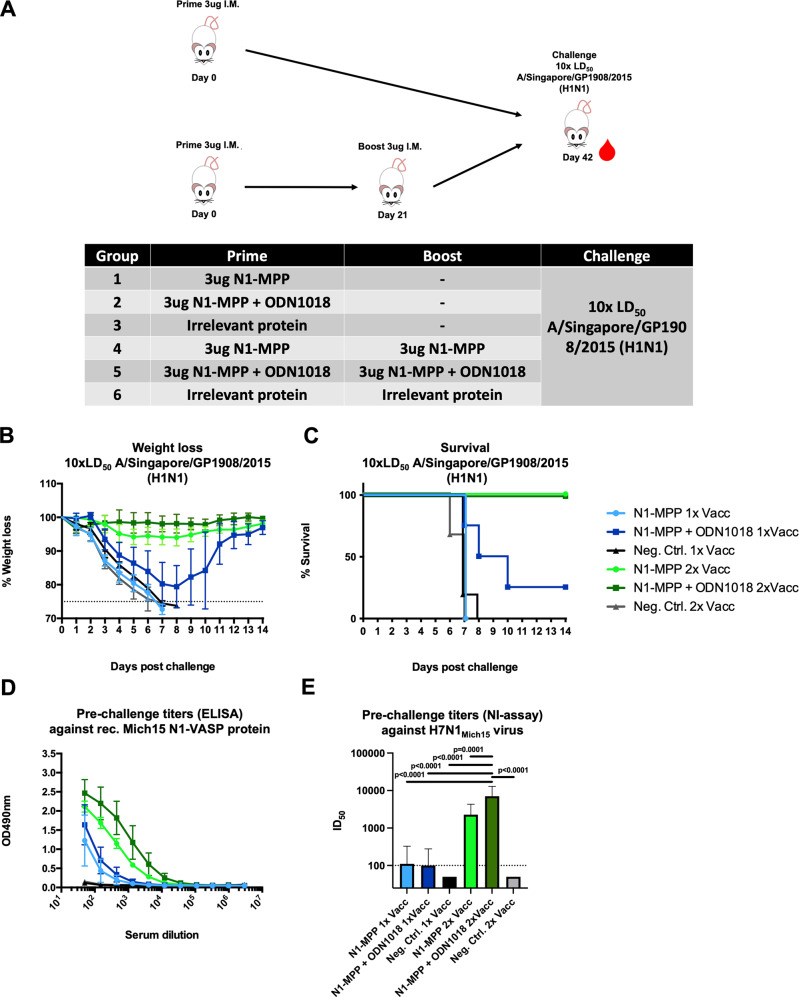Fig. 1. Proof of principle experiment to assess if one vaccination is sufficient to induce a robust and protective immune response in vivo.
A Mice (n = 5 per group, except for Neg. Contr. 2× Vacc where n = 3) were vaccinated either once (prime) or twice (prime-boost) with 3 μg of N1-MPP, 3 μg N1-MPP + ODN1018 or irrelevant protein following a challenge with 10xmLD50 of A/Singapore/GP1908/15 H1N1 (IVR-180). Weight loss and survival were monitored over a 14-day time period. Mice were bled on day 21 and 42 post prime for serological analysis. B Weight loss curve (mean plus standard deviation) and C survival after challenge with 10xmLD50 of A/Singapore/GP1908/15 H1N1 (IVR-180) are shown. Differences in survival between the vaccine groups and respective control groups as well as between matched prime-only and prime-boost groups were analyzed using a Mantel–Cox log-rank test. N1-MPP + ODN1018 1× Vacc vs. Neg. Contr. 1× Vacc p = 0.0298; N1-MPP 1× Vacc vs. N1-MPP + ODN1018 1× Vacc p = 0.0143; N1-MPP 2× Vacc vs Neg. Contr. 2× Vacc p = 0.0067; N1-MPP + ODN1018 2× Vacc vs. Neg. Contr. 2× Vacc p = 0.0067; N1-MPP 1× Vacc vs. N1-MPP 2× Vacc p = 0.0027; N1-MPP + ODN1018 1× Vacc vs. N1-MPP + ODN1018 2× Vacc p = 0.0494. The difference between the remaining curves were not statistically significant p > 0.05 or they were not compared. D ELISA titers in serum pre-challenge are shown (mean plus standard deviation). E NI titers 42 days post prime using H7N1Mich15 virus (geometric mean plus standard deviation of the geometric mean). Statistical analysis in E was performed using a one-way ANOVA corrected for multiple comparisons.

